For People Living with Disabilities, New Products Prove Both Practical and Stylish
Cooper Hewitt turns its design eye to beautifully styled wheelchairs, hearing aids and other accessible innovations
/https://tf-cmsv2-smithsonianmag-media.s3.amazonaws.com/filer/f9/b2/f9b2bc56-3150-4969-9018-7a505eeb82a8/access_ability-install-cg2-wr.jpg)
When buying a pair of shoes, a pen, or a new car—the expectation is for the product to do the job. But you also want it to look good: stylish, current, cool. Why wouldn’t the same be true of products—wheelchairs, hearing aids, and more—designed to aid those with disabilities?
This is one of the major questions explored in the new exhibition “Access+Ability,” on view at the Cooper Hewitt, Smithsonian Design Museum through September 3 of this year. The show, which features more than 70 works, from an aerodynamic racing wheelchair to a vibration-activated shirt that allows the deaf to experience sounds, covers the wide range of innovations occurring in accessible design. It reflects how designers creating products for those with disabilities are making them not just increasingly functional and practical, but stylish.
“Why not be able to change the color of your prosthetic leg to match your style, your taste, your outfit?” asks Cara McCarty, director of curatorial at Cooper Hewitt, who co-curated the exhibition with Rochelle Steiner, curator and professor of Critical Studies at the University of Southern California. “You can dress it up, dress it down.”
McCarty is referring to a set of prosthetic leg covers designed and manufactured by McCauley Wanner and Ryan Palibroda for ALLELES Design Studio, which come in a number of patterns and colors, allowing the user the kind of choice they would get if shopping for any other item of apparel.
“Just like people add tattoos to their limbs, life-enhancing products can be yours, you can add your identity to it,” says McCarty.
A similar development can be seen in the jeweled hearing aids designed by artist Elana Langer. On first glance, they appear as eye-catching earrings before a closer looks reveals the wearer actually inserts a portion of it into the ear.
Many of the works look like something you’d be as likely to come across at Macy’s as at a medical supplier. The show includes a pair of Nike-designed shoes, inspired by a boy with cerebral palsy who wrote to the sneaker manufacturer when he was 13 saying he wanted to be able to put on his shoes by himself. The result features a wraparound zipper system at the back of the heel that has no need for laces, making it far easier for someone with a movement disorder to use. But they also look really cool.
“Anybody could wear those shoes,” says McCarty. The bottom line, she adds, is “giving people choice.”
She points to compression socks, which had traditionally been sold in either opaque, flesh color, or black. But as wearing compression socks has been found to hold benefits for a growing number of people—travelers, athletes, pregnant women and more—interest has grown in adding patterns and style to the products.
McCarty speaks with a historic perspective on how this type of design has developed over decades. In 1988, she curated the exhibition “Design for Independent Living” at the New York Museum of Modern Art. The show introduced many of the themes explored further in “Access+Ability,” and was in many ways a prologue to the current exhibition.
“I organized the 1988 exhibition because I wanted to show both the public and manufacturers that it was possible to design beautiful, functional products for people with disabilities,” says McCarty.
Since the first exhibition, much has changed in the conversation around people with disabilities as well as the role played by technology.
“There is much greater awareness of people with disabilities,” says McCarty. “It's become more of a movement. And, there has been a big shift in focusing on what people can do, on their abilities. . . . There is a much greater societal focus on identifying what people can do and finding ways to enhance those abilities.”
“Access+Ability” also focuses on a wider variety of disabilities. The 1988 exhibition looked primarily on products for people with physical disabilities, while the current show is split between products for people with physical challenges and products for people with cognitive and sensory disabilities. A big reason for this shift: developments in neuroscience research as well as the huge steps taken in the development of digital products over the last few decades.
McCarty points to the Voting Booth designed by IDEO, with Digital Foundry and Cambridge Consultants, as something that “really reflects our thinking today.” It was commissioned for the 2020 elections in Los Angeles County—a place of significant diversity, multiple languages and a broad spectrum of tech abilities. It required the designers to meet the needs of many different user groups at multiple ability levels.
“One can roll up to it in a wheelchair, if one is short they can reach it, the ballots are electronic, it comes in multiple languages, and if one is deaf, it has earphones,” says McCarty. “It’s all-in-one.”
Another theme that the 1988 show introduced that has been more fully realized since, is the integration of the user into the design process.
In one example, a global crowdsourcing app, which encourages users to pin and grade places all over the world on their level of accessibility, was developed by a young woman in Toronto with muscular dystrophy. It helps to shine a light on how widespread and global these issues are.
“It’s great if someone can get off the end of their block into some buildings, but too often that’s where accessibility ends,” says McCarty. “We wanted to really increase people’s awareness that it has to go further than that.”
To that end, the exhibition is only a part of a broader effort by the Cooper Hewitt to encourage universal accessibility. This includes Saturday mornings at the museum specifically for those with cognitive disabilities, as well as an assessment of the museum and website to ensure they are both more navigable. In February, the Cooper Hewitt will host a two-week lab called Design Access, with a film series, a design challenge for college students, a class from the Mark Morris Dance Group for people with Parkinson’s disease and an all-day conference on Accessible Cities.
McCarty hopes that the exhibition will spark further conversations—and help drive more innovation for the next 30 years.
“Sometimes it just takes someone putting their idea out there to spawn new ideas and excitement,” says McCarty. “Seeing something that has been in front of us all along, but seeing it in a completely new way.”
Access+Ability is on view at the Cooper Hewitt, Smithsonian Design Museum in New York City through September 3, 2018.
/https://tf-cmsv2-smithsonianmag-media.s3.amazonaws.com/accounts/headshot/Alex_Palmer_lowres.jpg)
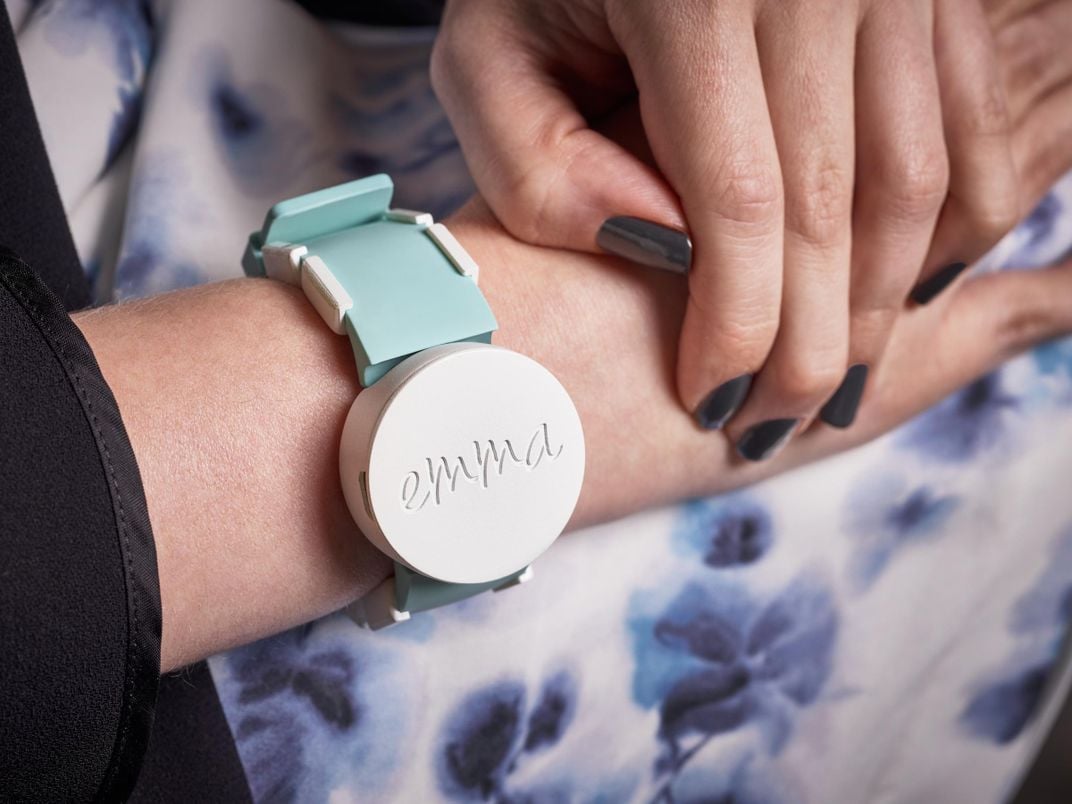
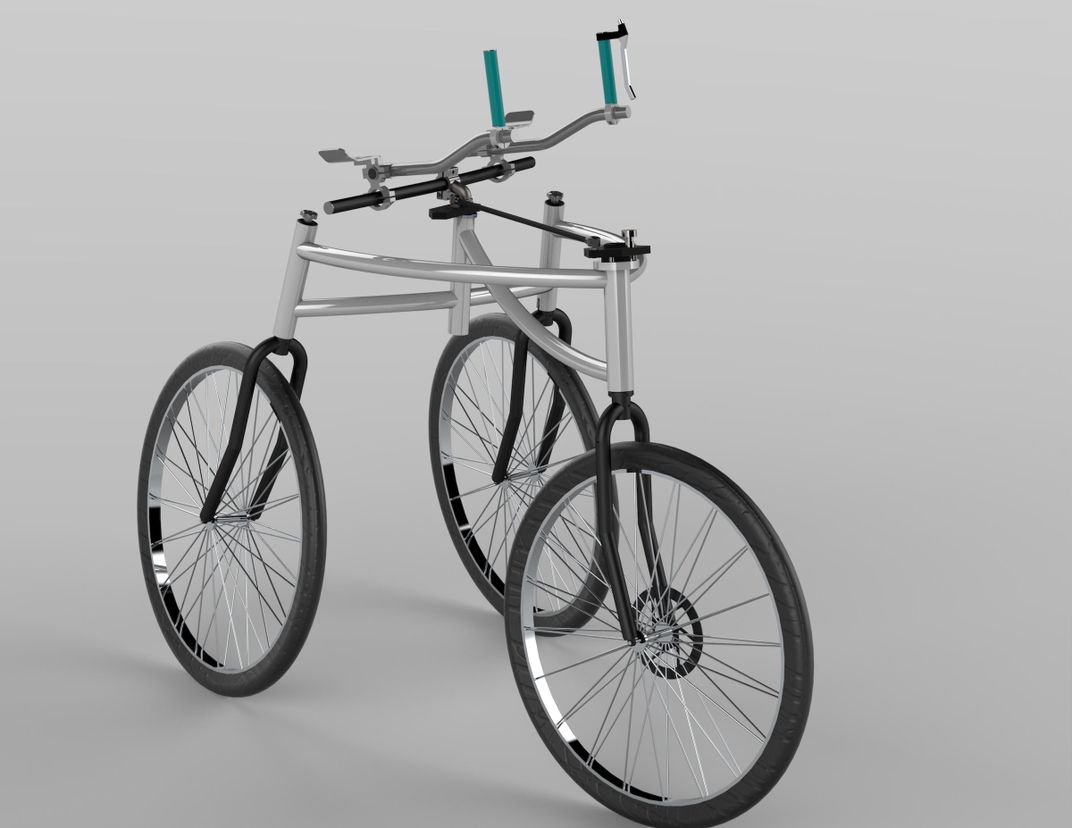
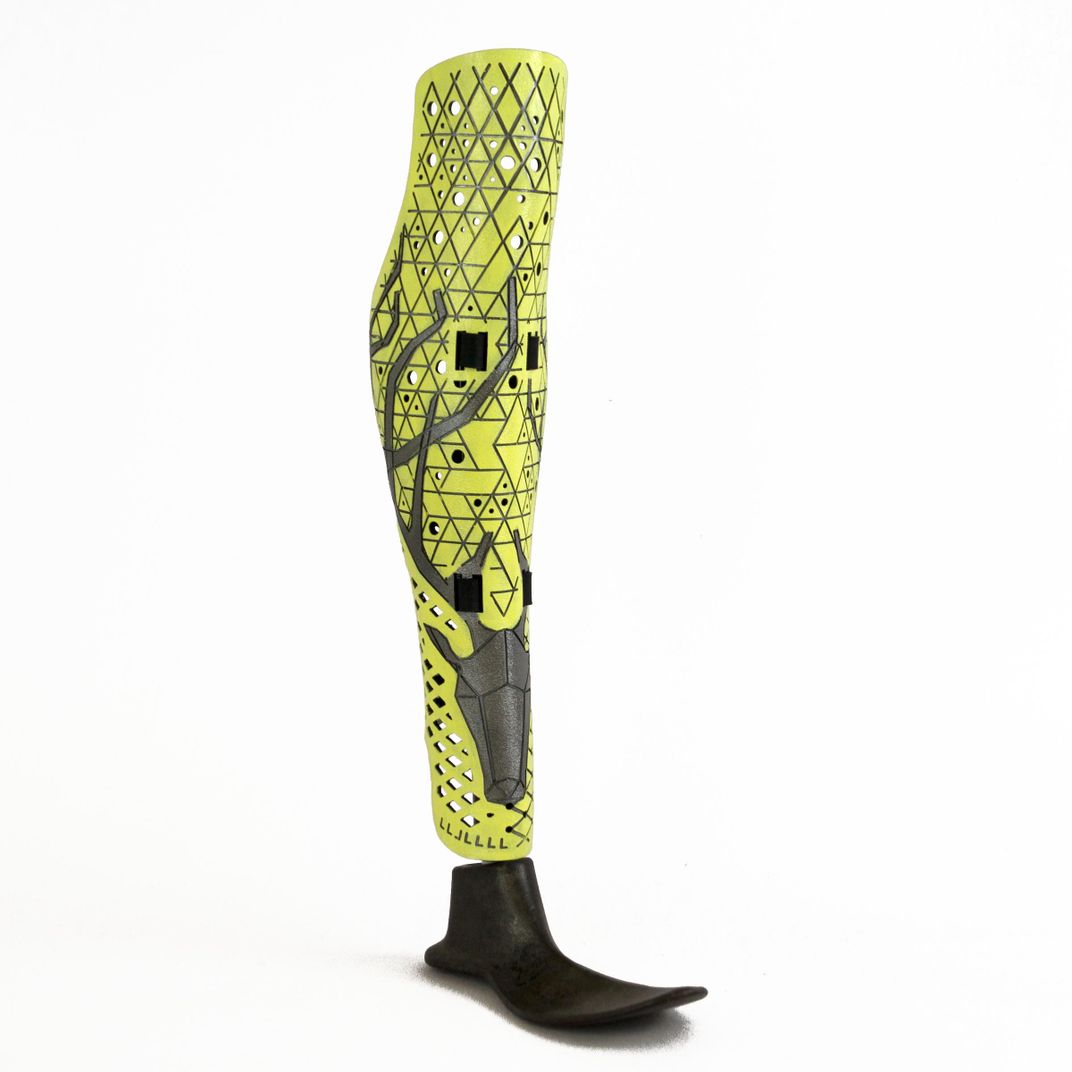
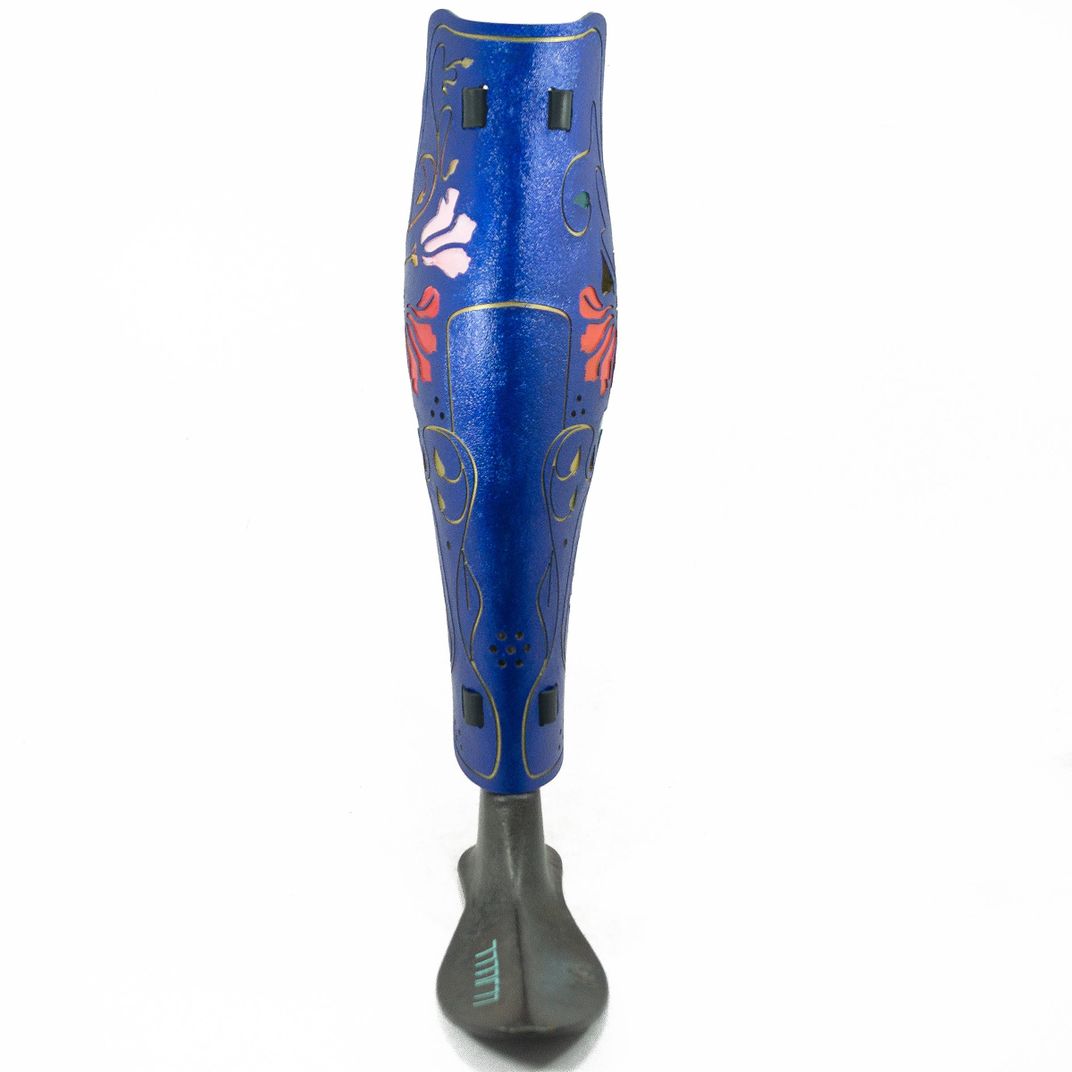
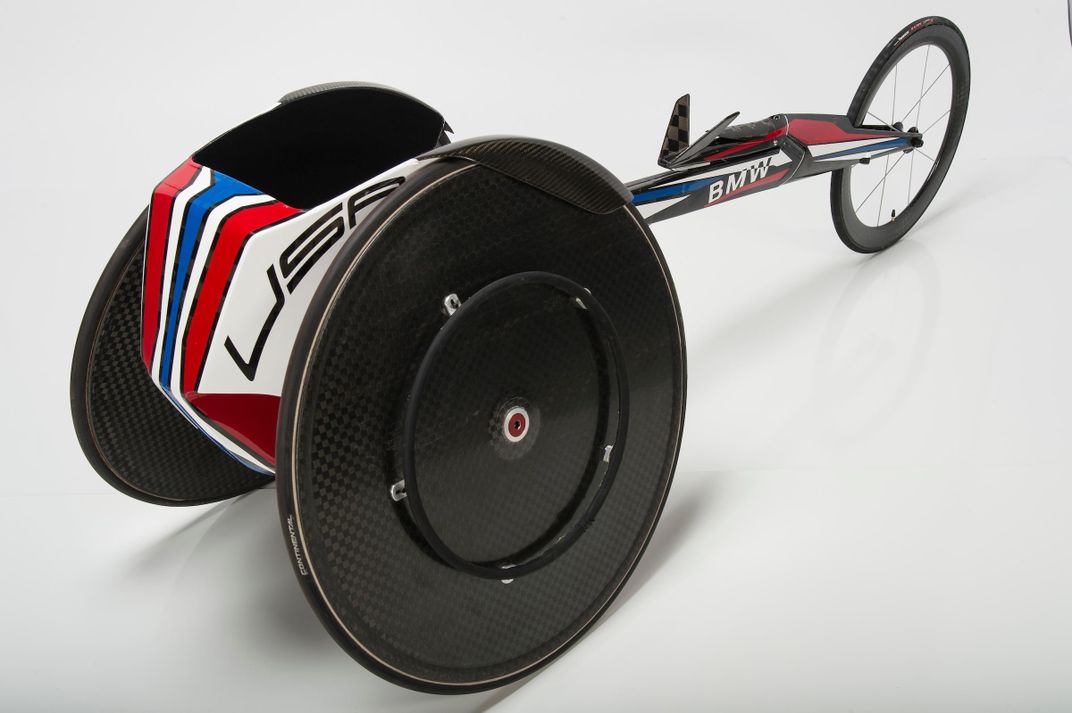
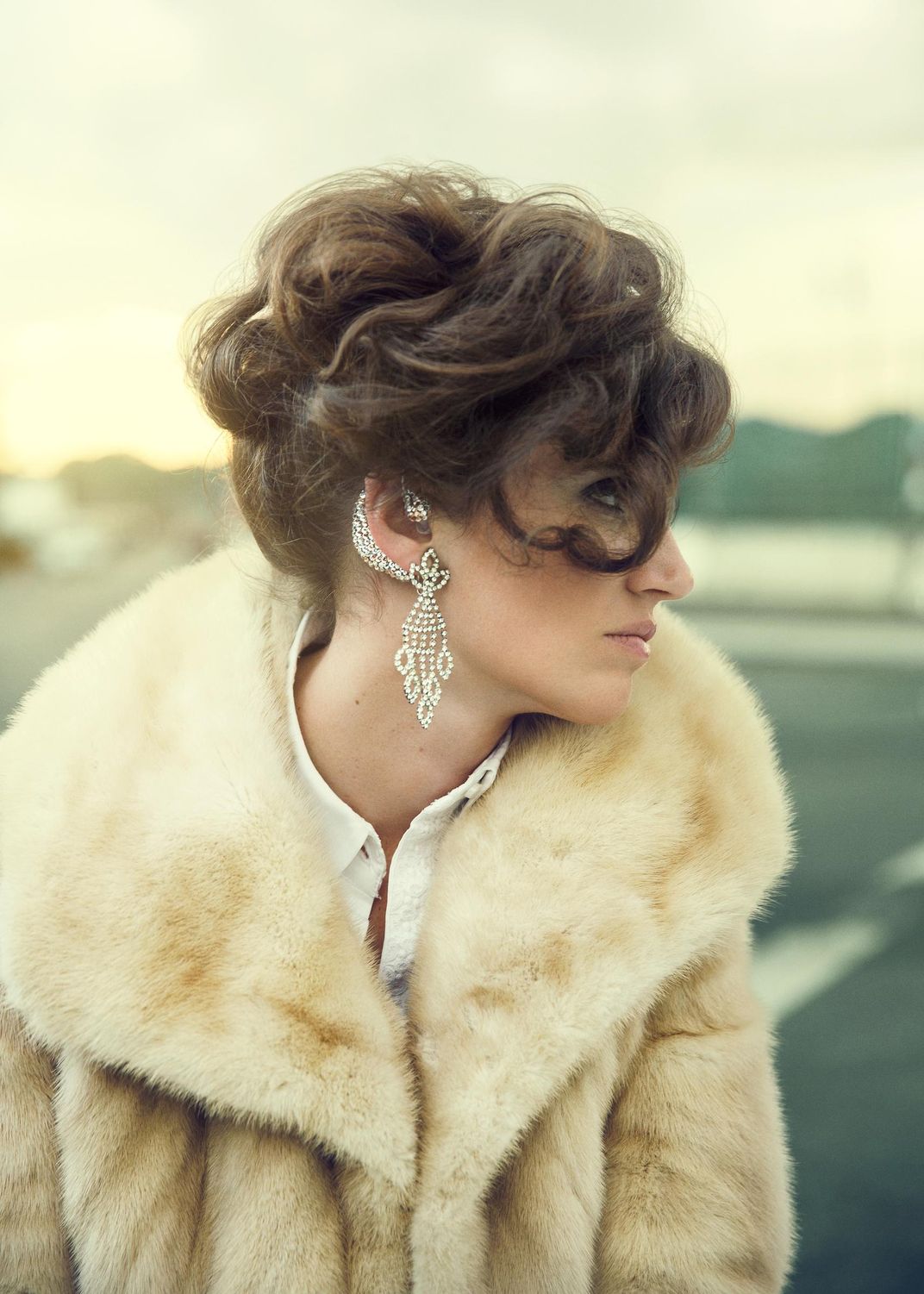
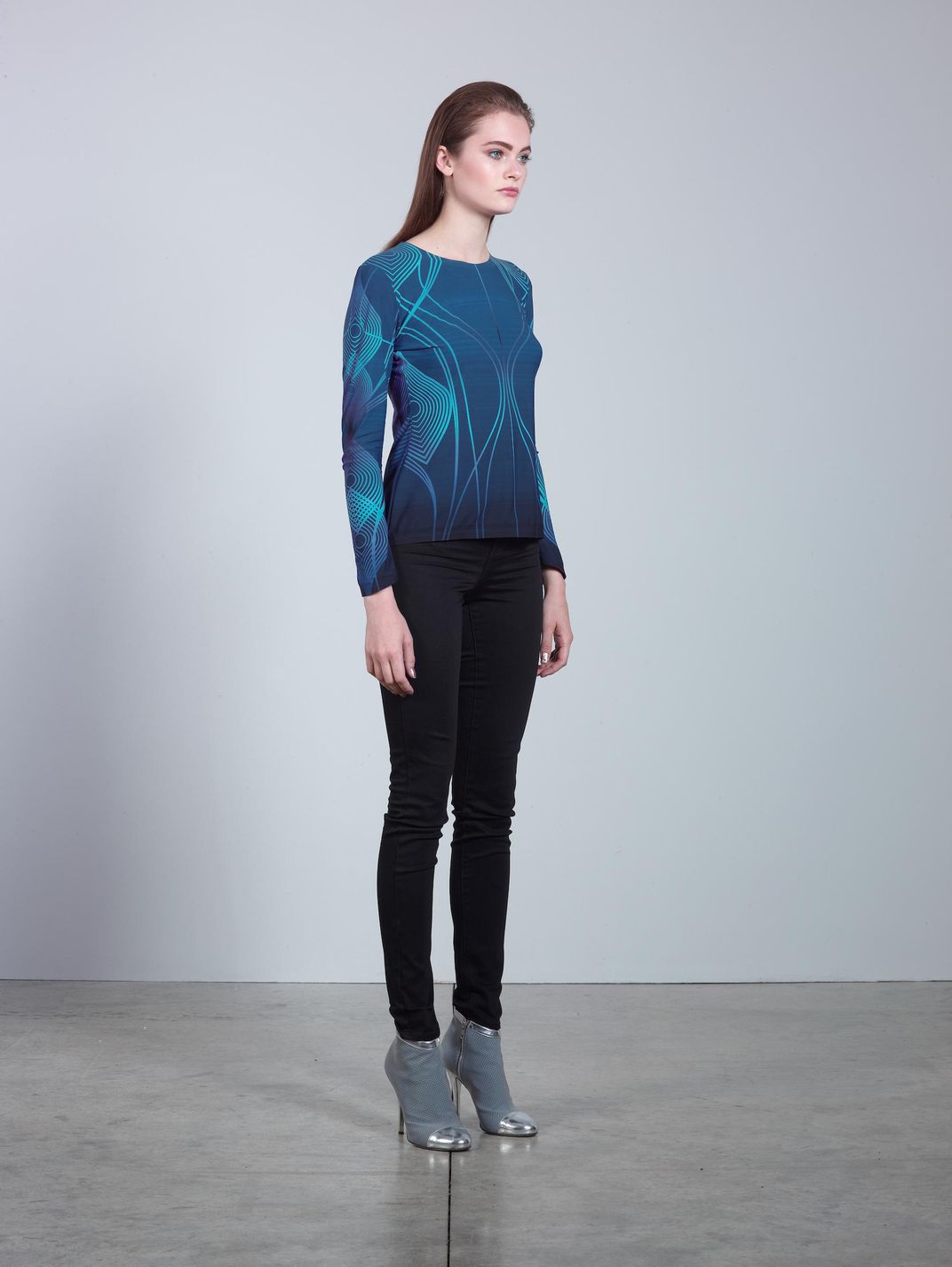
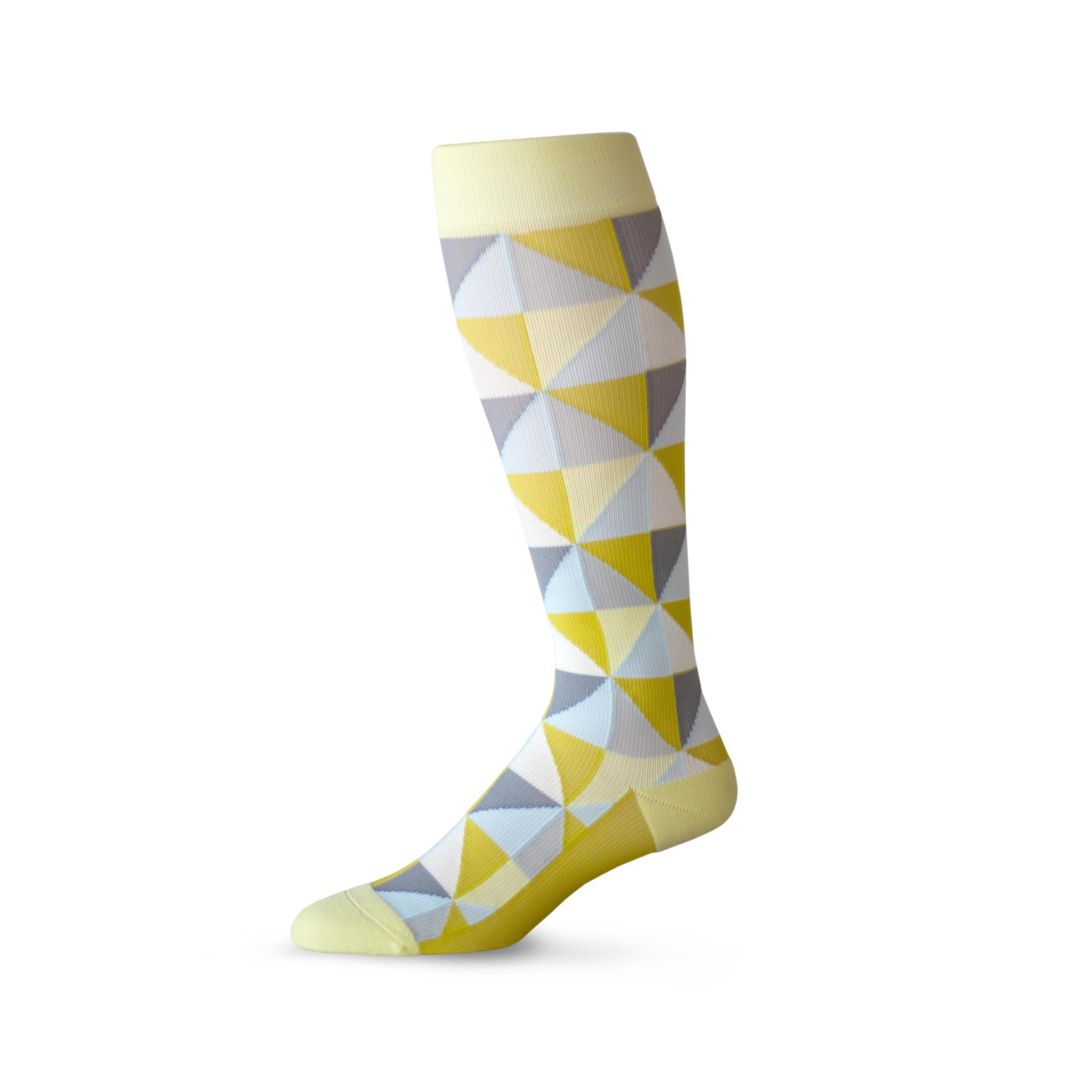
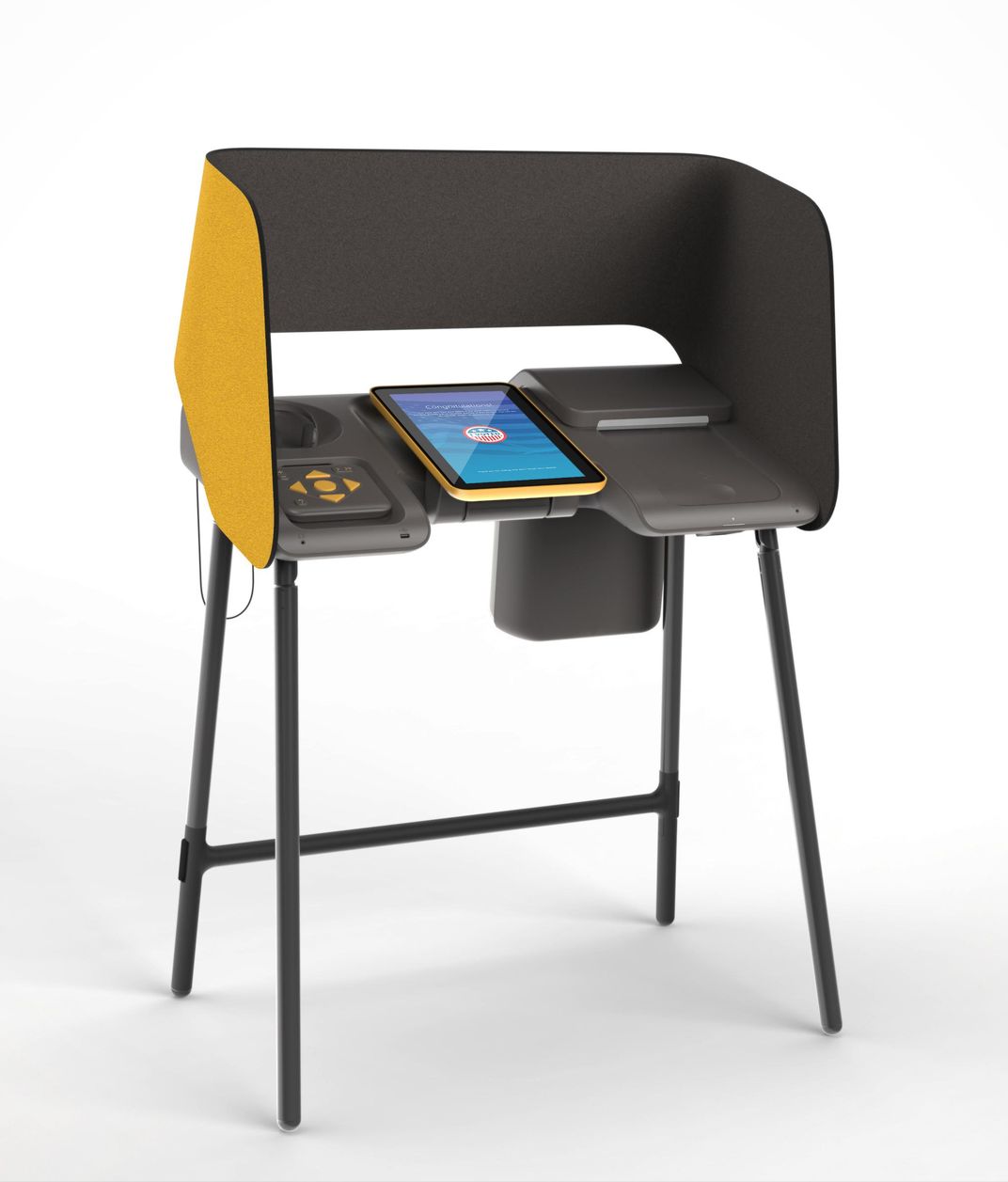


/https://tf-cmsv2-smithsonianmag-media.s3.amazonaws.com/accounts/headshot/Alex_Palmer_lowres.jpg)